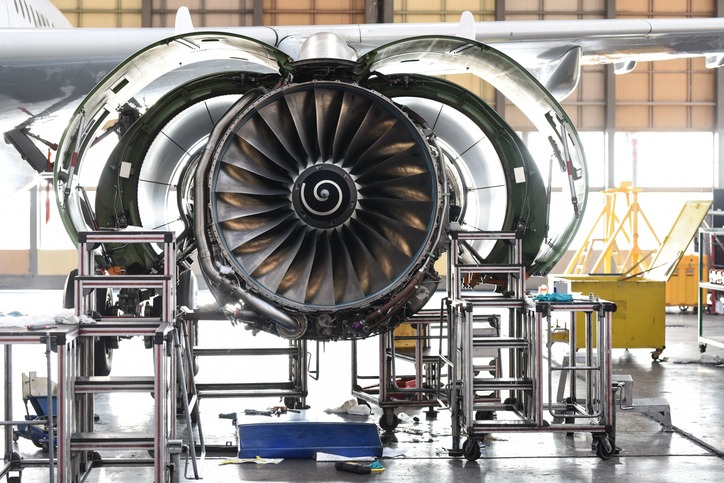In a time of staff displacement, quality audits can be done virtually with some creativity, planning and technology!
Travel is restricted, companies have moved to virtual work wherever possible, and the world is attempting to maintain some normalcy in the face of a global pandemic. While the long-term economic impact on supply chains has yet to be seen, there is still an obligation on the part of companies to attempt to maintain supplier quality activities, especially audits.
Maybe your company has banned travel, your auditee is wary of hosting an external party, or you personally don’t feel comfortable risking exposure to COVID-19. Even the FDA has suspended most inspections of foreign drug, device and food manufacturers until April (Source). Can you keep to your supplier audit schedule? How close can you get to an “on-site” audit using modern communications tools? Here are some recommendations and reflections about how you can transition your on-site audit to a virtual audit.
1. Use Risk Management Tools to Refine Audit Scope
Your initial audit agenda may have included many different areas of the auditee’s quality system and production areas. As a best practice (virtual or not) use as much data as possible to conduct a risk assessment and determine what truly needs to be audited. If you have issued SCARs, you may be able to ask the auditee to only furnish information related to the processes touched by these specific SCARs. Alternatively, you might focus only on high-volume, high-risk or especially complex products.
If you have a Risk Management procedure you can follow this to guide the exercise. If you don’t have a Risk Management procedure you can write up a memorandum explaining the methodology you used to create a more refined audit scope. At the end of the day, make the audit focused only on the highest risk and most critical processes or products.
2. Detailed and Prescriptive Agendas
Connected with the refinement of Audit Scope is the creation of detailed and prescriptive audit agendas. For example, if your audit agenda says one area of focus is Document Control, ask the auditee to provide the Document Control procedure in advance of the virtual audit. Ask the auditee to provide specific objective evidence — like the evidence of a document that has been approved or routed for obsolescence. Prior to the virtual audit session, the auditee can collect this evidence and have it available electronically (if it isn’t already) to share live during the session or to send prior to the session.
Because the audit will now be taking place virtually also consider updating the duration of the audit to be 2-hour blocks over several days instead of full-day blocks. This will also allow the auditee greater flexibility to work with their team who may also be working remotely.
3. Conduct Thought “Walk-Throughs” of Production Processes
A thought experiment is a useful tool that walks through a deliberate and structured series of questions to arrive at a potential result. You can use this same imaginary way of structured thinking to do walk-throughs of your auditee’s processes. Even if you can’t be there on-site, ask the auditee to walk you through a production process. If the auditee is still working on-site and it is permitted, they can even take you on a video walk-through of the space. Along the way (video or not), ask the same questions you would ask as if you were in person. What is the equipment that is involved? Can the auditee provide evidence that the equipment is on schedule for calibration and preventative maintenance activities? Who are the operators that would be involved and what objective evidence of their training can be produced?
If you can learn about the production activity, this can be part of the agenda material that is more prescriptive.
4. Use Video Conferencing Tools for Audits
When moving to a virtual audit platform it is important to include video as part of the audit. More than just an easy method of “virtual face-to-face” communications, these tools also have the ability to host large groups of participants, share computer screens and documents with all participants and many have chat functions that allow for individual and group Q and A. Many of these platforms have recording features that would allow for virtual audit sessions to be preserved – and preserved more easily than in-person recording and note-taking.
A modification of the approach and mindset of audit participants as well as the spate of virtual communications tools out there today means that most audits can be conducted virtually, with no loss of accuracy, detail or insight. As we deal with the continued uncertainty of the pandemic and the absolute reality of the sudden need for remote workforces, being ready to convert to a virtual experience in many areas will allow you and your organization to maintain business continuity and a strong culture of quality.
ETQ helps organizations realize the business opportunities that quality creates. Our industry-leading Reliance 2019 SaaS solution features built-in best practices and best-in-class flexibility, with the software enabled to optimize the critical processes that drive excellence through quality.
To learn more about how ETQ can help you become a quality leader, contact us today. Alternatively, reach out for a demo, and find out how to move through your quality journey.


